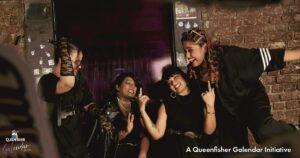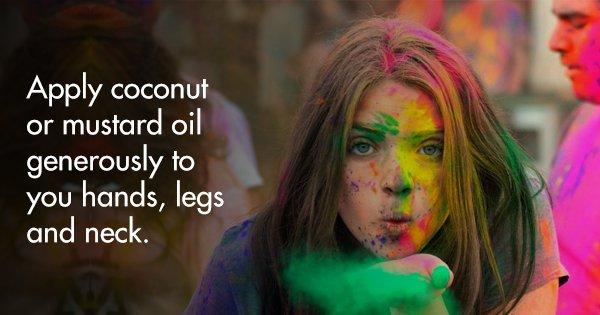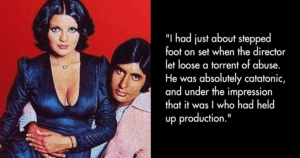Ever wondered why a simple red lipstick or a nose ring subconsciously brands a person as being ‘slutty’? Read on:
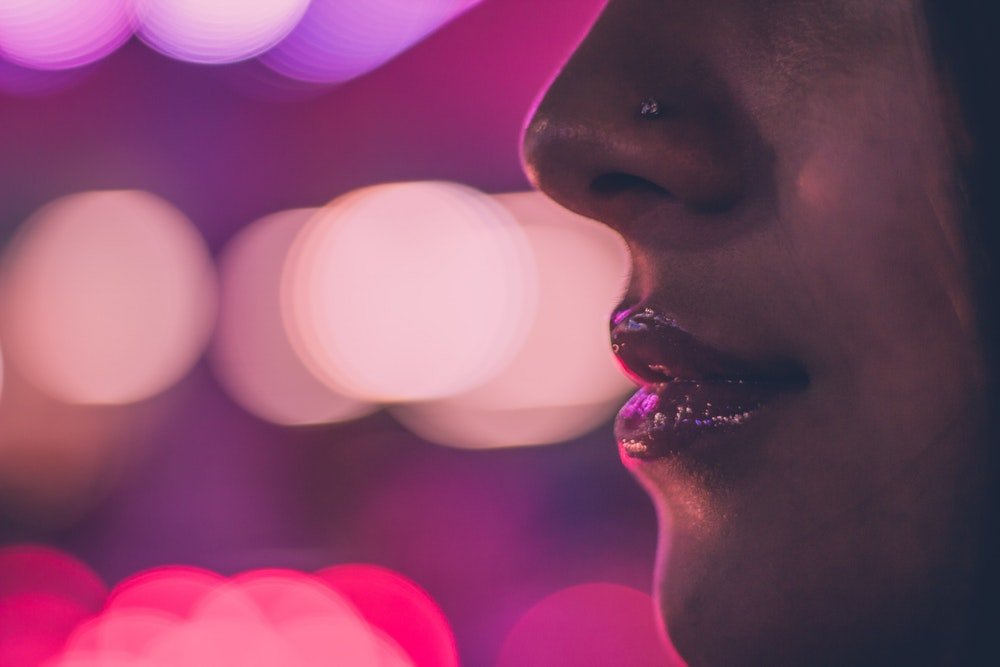
What made the ‘tramp stamp’ trampy?
What started out as a trend in the 1990s led to society stigmatising women who bore the lower back tattoo.
The perception of the lower back tattoo as a symbol of promiscuity began its sexual portrayal on screen by celebrities, like Britney Spears and Pamela Anderson, in the early 2000s. It got nicknamed as ‘tramp stamp’, ‘bullseye’ and ‘target’.
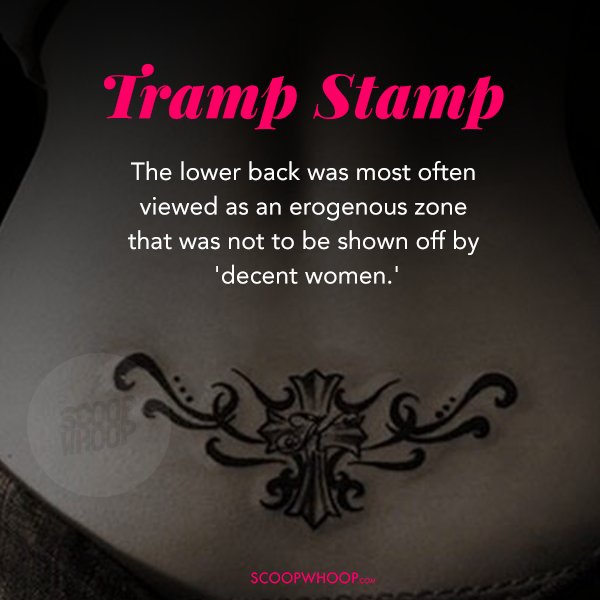
What made red lipstick slutty?
The history of red lipstick is obnoxious, to say the least.
In Medieval Europe, red lipstick was condemned by religious groups who considered it to be a challenge to God.
In the 1770s, the British government passed a law that prohibited the use of red lipstick on the pretext that “women found guilty of seducing men into matrimony by cosmetic means could be tried for witchcraft.”
Only in the late 1800s and early 1900s was red lipstick seen as a symbol of rebellion and revolution by women.
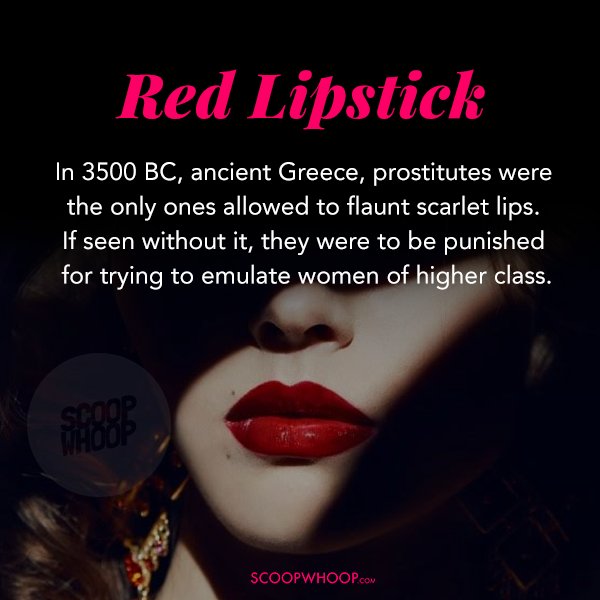
What made nose rings suggestive?
While a nose piercing is an acceptable tradition across various cultures, in India, the tradition was originally restricted to young Indian women who were of marriageable age.
For Kashmiris, however, wearing a nose piercing was prohibited for women on account of being of ‘menial descent’.
In the case of septum piercing, it was seen as a tradition for the tribals, natives, and aborigines of various countries and was only originally a trend with certain South Indian dancers.
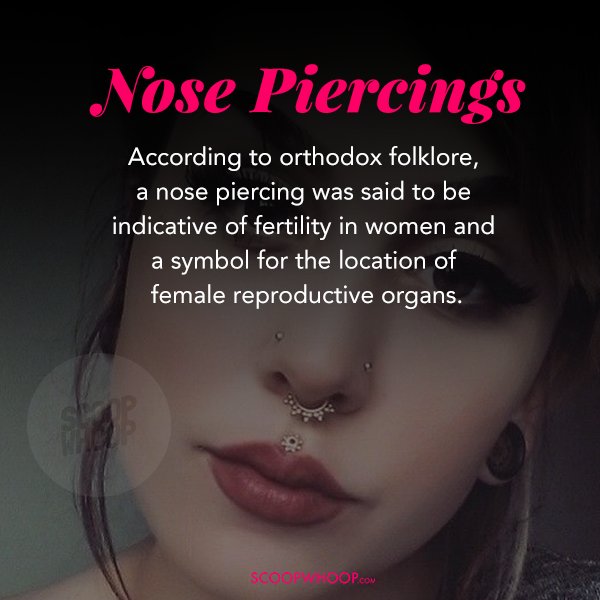
What made chokers taboo?
The black ribbon-like necklace has a disturbing history to associate with.
During the Depression-Era, the black choker was an extension of the practice of secret lesbianism, as well.
It came to be known as the dog collar, or as the French would call it, colliers de chien which in turn led to it being connected to signs of violence against and control over women.
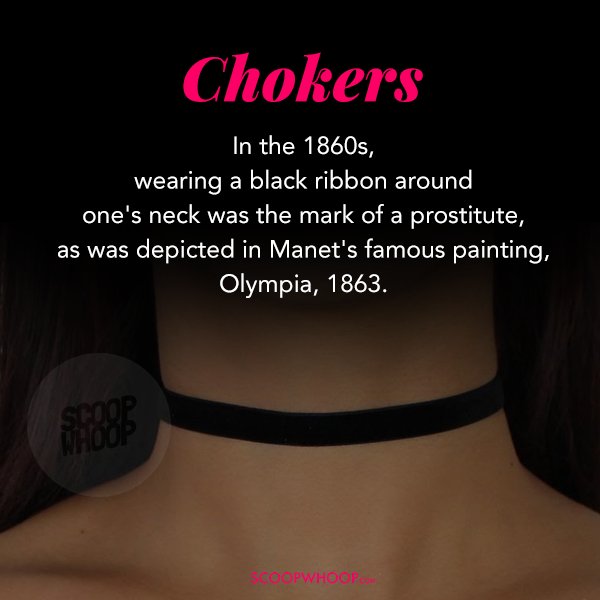
Why were women drinking alcohol judged?
In medieval western civilisations, drinking alcohol was, more often than not, restricted to prostitutes and women belonging to the lower rungs of society.
The perception of women and alcohol soon translated into popular media portraying decent women as ‘anti-‘, and negative female characters as ‘pro-‘, alcohol.
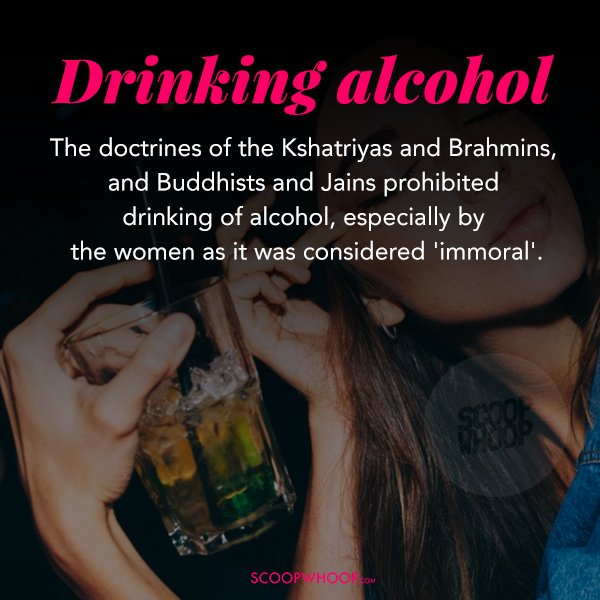
Why were single, independent women ostracised?
Ancient and medieval Indian civilisations almost always categorised women under virgins, unmarried, widowed and prostitutes. If women didn’t fall under the first three categories, they automatically fell under the fourth category.
While in the West, widows were remarried, in India, they were shunned by society. Prostitutes were seen as women who rebelled against society.
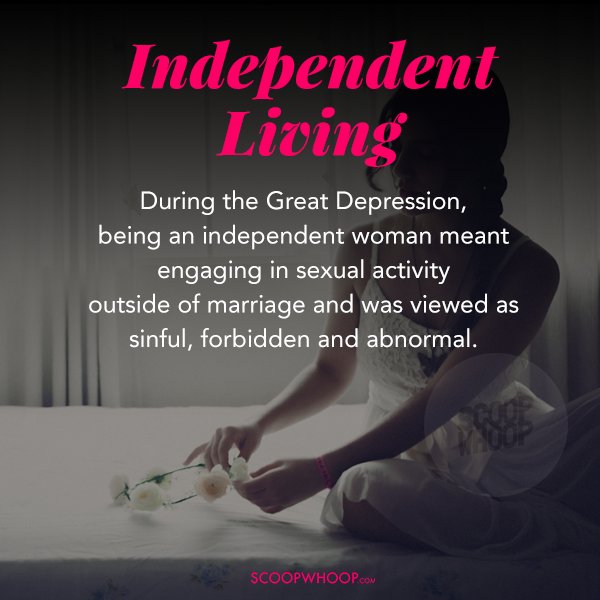
I’m not trying to justify society’s judgments and double standards for women. What I am doing is shedding light on where our folks get their unnecessary ‘expectations’ and their backward mentalities from.




